BATTLE CREEK, Mich. – Amid freezing conditions, members of the Battle Creek community gathered for a night of food, music, dancing, warmth and healing.
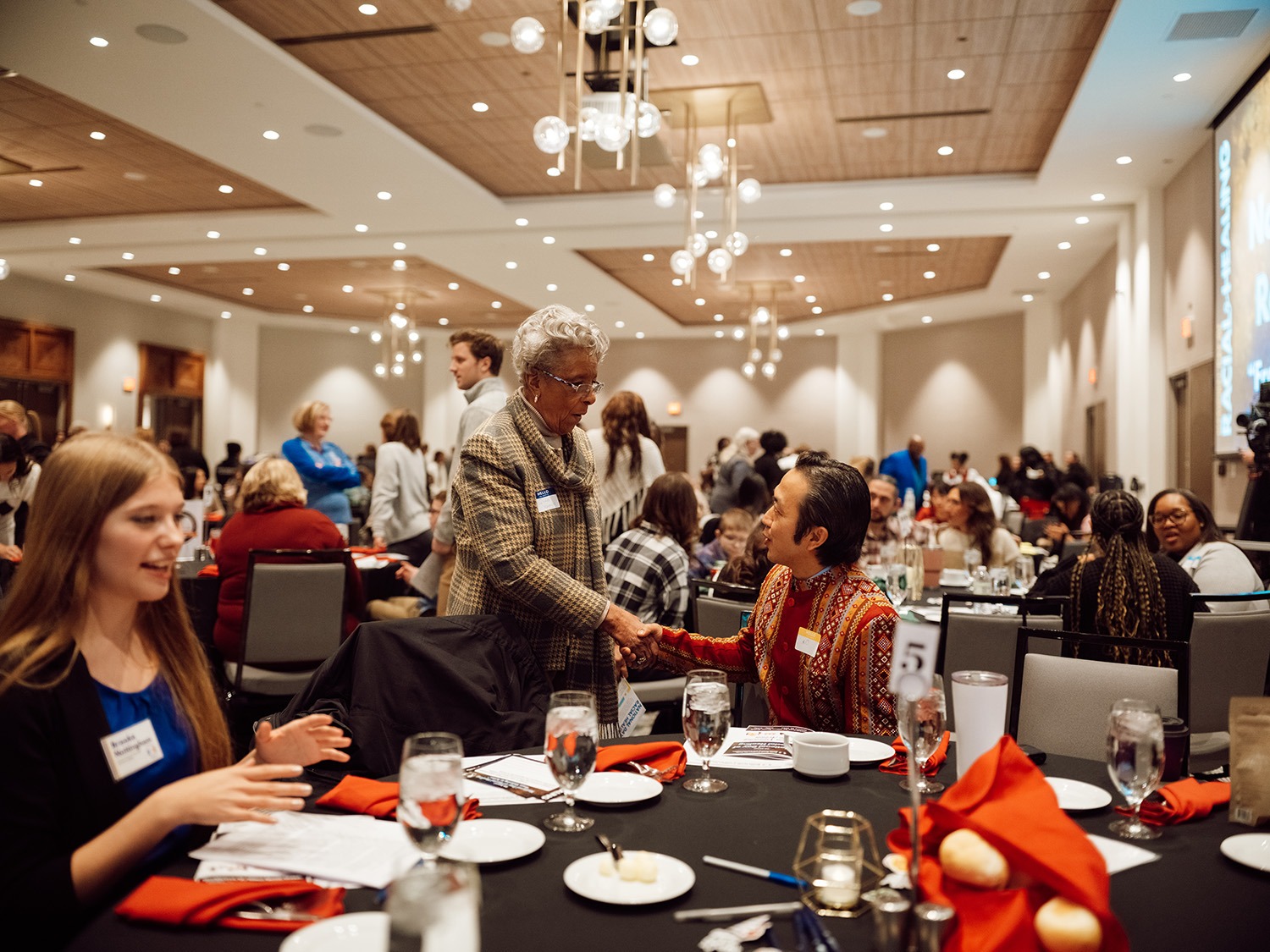
Despite subzero temperatures outside, about 300 people convened to observe the ninth annual National Day of Racial Healing on Tuesday, Jan. 21 inside the DoubleTree by Hilton ballroom in downtown Battle Creek. The free event was hosted by the Battle Creek Coalition for Truth, Racial Healing and Transformation (TRHT), which outlined the framework for its five-year strategic plan to advance its 100-year vision for a Battle Creek without racism.
“This was an opportunity to be in a warm, safe place where people can catch up and be reconnected,” said Elizabeth Garcia, co-executive director of Battle Creek TRHT. “It shows that we can bring the different parts of our community together, regardless of generation, class, race or gender. It takes a lot of intentionality, but we can do it. Our community tapestry is beautiful and rich. How many hearts were warmed?”
The National Day of Racial Healing began in 2017 as part of the W.K. Kellogg Foundation’s Truth, Racial Healing and Transformation initiative, where communities across the United States engage in activities, events or strategies that promote healing and foster engagement around the issues of racism, bias, inequity and injustice in society. The comprehensive, national and community-based effort is observed each year on the Tuesday after Martin Luther King, Jr. Day, and is about connecting, building relationships and bridging divides to inspire collective action on #HowWeHeal from the effects of racism.
BATTLE CREEK YOUTH TAKE CENTER STAGE
Titled “From Visioning to Action,” the program featured a welcoming drum performance from Fred Jacko of the Grand Traverse Band of Ottawa and Chippewa Indians; youth from the Sojourner Truth Gospel Choir singing a rendition of “America the Beautiful” and “I Need You to Survive;” a dance performance from the Lakeview Schools Burmese Club; poetry read in Spanish by the Voces Youth Council; and a finale vocal performance of “Heal the World” by Lakeview Schools Burmese Liaison Veronica Mawi.
Tha Par, co-executive director of Battle Creek TRHT, said the organization provided a platform for local youth to share parts of their cultures through performance art to emphasize the need for the community to bridge greater connections with younger generations.

“The focus is about building a multi-generational movement,” Par said. “How do you bring youth in the same room with adults, talking about the same concepts so that we’re planting the seeds too.”
Laura Williams, a local educator and a healing practitioner who facilitates healing circles with TRHT, added that it is important to provide space for youth to be exposed to diverse cultures.
“I think it’s so important that we can tear down those walls and get to know each other,” Williams said. “This is a time and space where that can be done. It’s like a seed in the soil, and the seed is love, and really, that’s the foundation of this work… What’s important to TRHT is just reminding ourselves in times of uncertainty and division that really the seed of love is the foundation of our well-being for all.”
A VISION FOR A SHARED HUMANITY WHERE ALL FLOURISH
Battle Creek TRHT outlined its strategy through 2030, which is to convene, connect and catalyze transformation related to attainable housing, economic prosperity, health and well-being and welcoming spaces. The comprehensive plan can be found at bctrht.org/strategic-plan.
The framework was created through interviews, listening sessions and surveys with more than 200 community partners. The strategic plan aims for collective liberation by focusing on the internal, interpersonal, institutional and systemic levels of transformation.
Par noted that the frigid winter conditions outside provided a stark reminder of the city’s need for more safe and affordable housing and greater economic prosperity.
“We know that when people are struggling, they lose compassion and empathy for others, because they’re in survival mode,” Par said. “So, we need to work really hard on economic prosperity in our community so that people in need can also have compassion and empathy for others. And then we have health and wellness, because if your health is not well – both physically and mentally – everything else is in jeopardy too.”
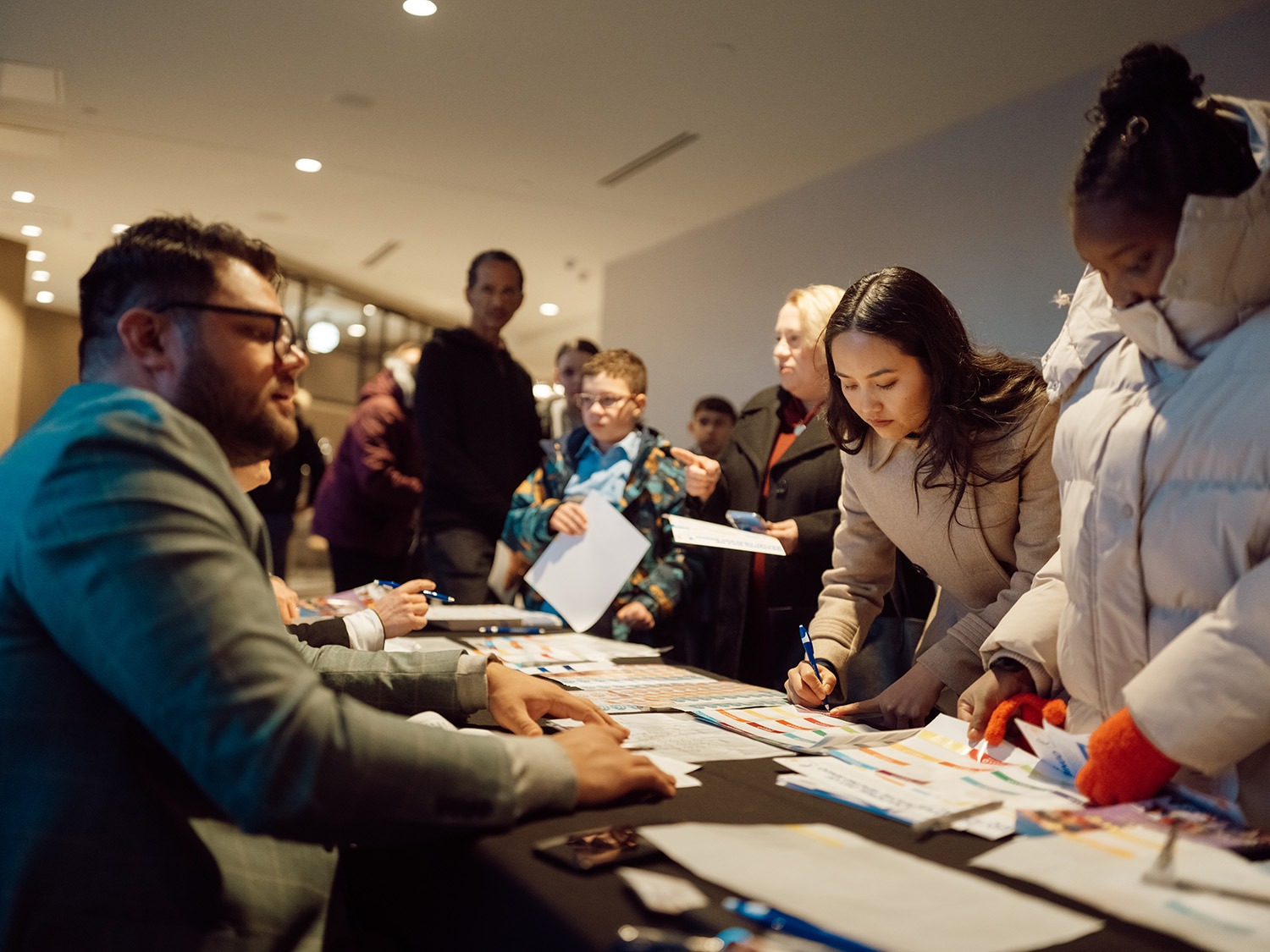
As part of the observance of National Day of Racial Healing, members of the TRHT advisory board took time to read the organization’s vision for Battle Creek in 100 years without racism. The written statement closed with “the city glows, not just with the lights of its buildings but with the warmth of its people.”
Christina Khim, a member of the TRHT advisory board and the executive director of the nonprofit Burma Center, added that “everybody plays a role in getting us to heal.”
“Sometimes we doubt, but I believe that it can be achieved if we all come together and work together, hand in hand,” she said. “The vision is for Battle Creek to experience a shared humanity where all can flourish. No one is left behind with collective liberation. Truly, in order to say that, yes, we have freedom, everyone must be free. And every one of us needs to work together, and we all can build this community together.”
LINKS
Battle Creek TRHT: https://www.bctrht.org/
National Day of Racial Healing: https://dayofracialhealing.org/
Creating a Community: Small Business Landscape in Battle Creek: https://everychildthrives.com/creating-community-the-small-business-landscape-in-battle-creek/
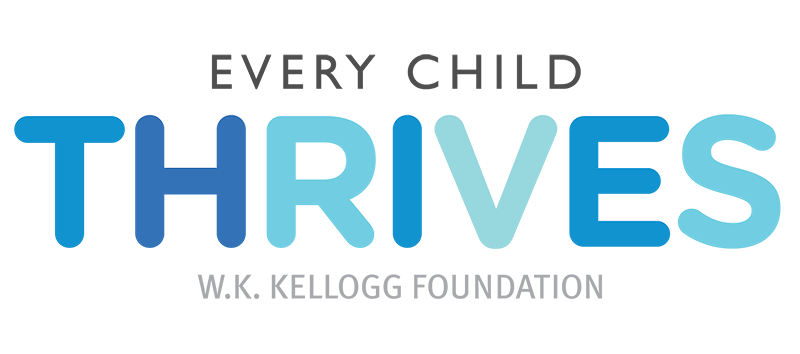
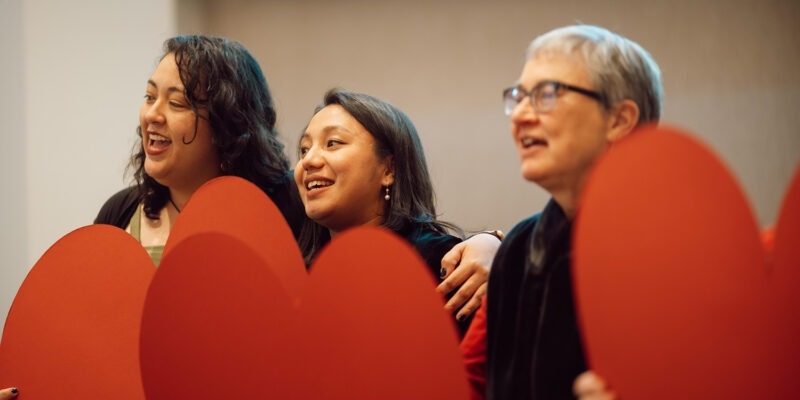
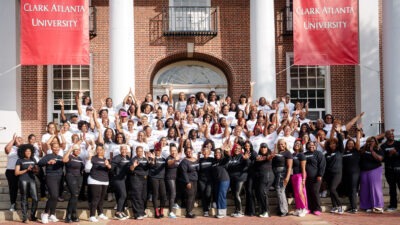
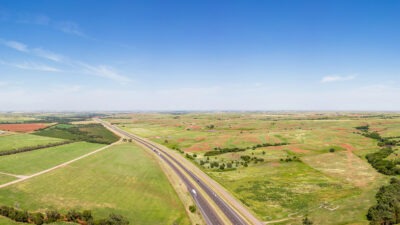
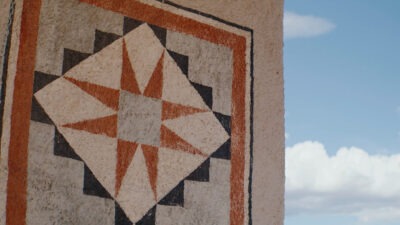

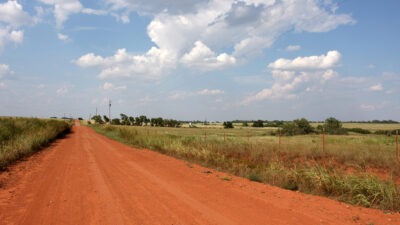
Comments